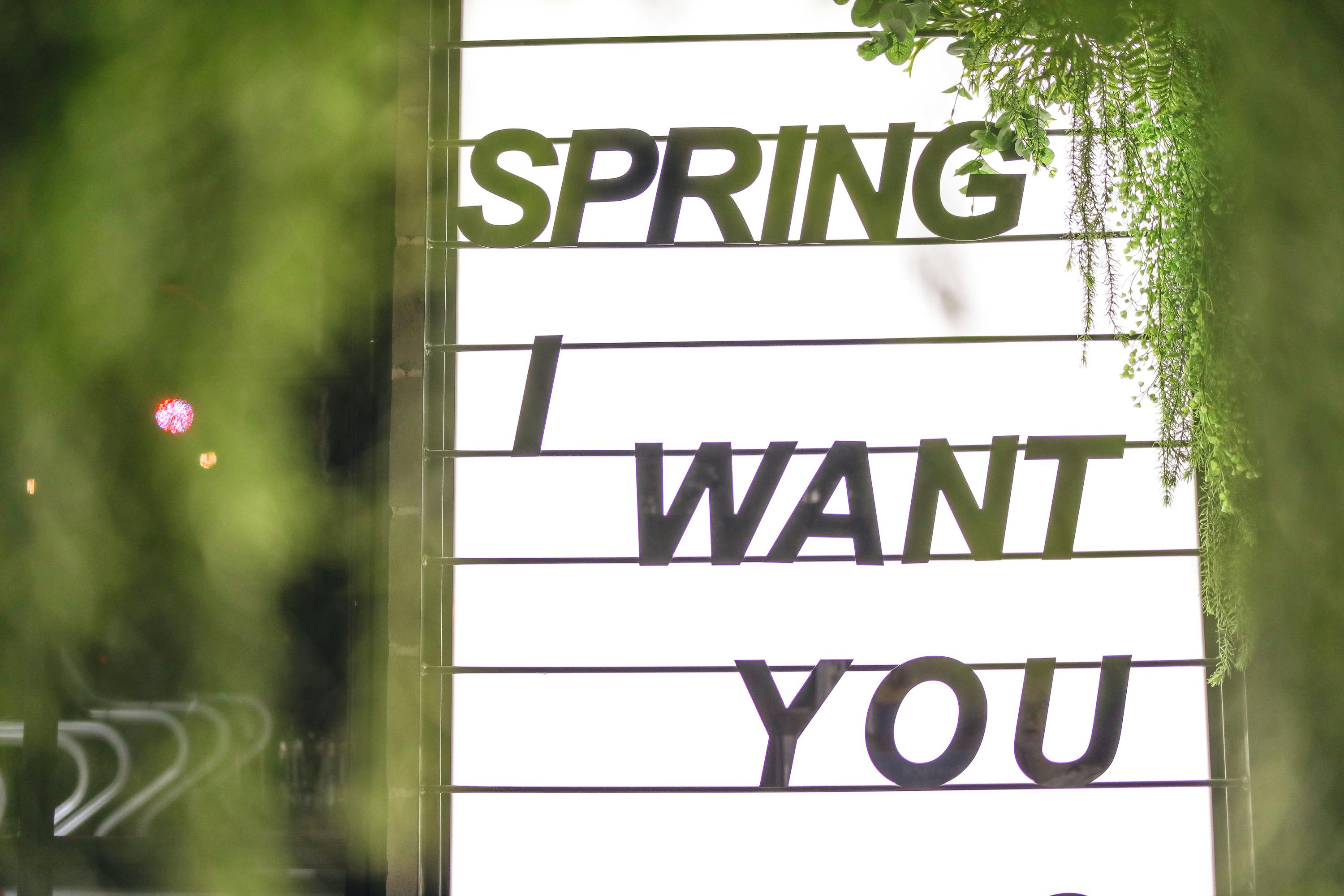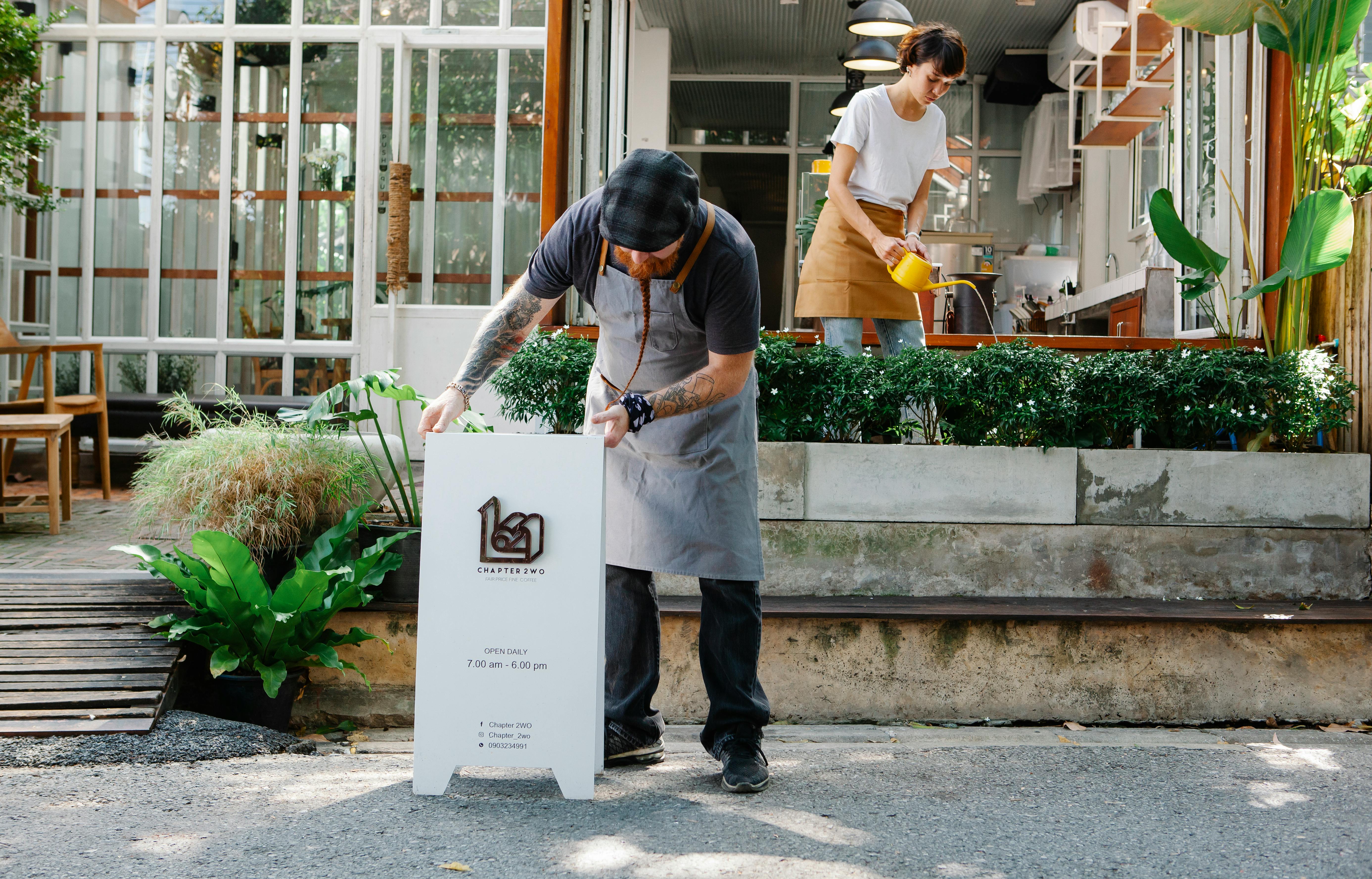Kalanchoe is a beautiful succulent plant that can be grown both indoors and outdoors. If you live in a mild climate, you may be wondering if you can plant your Kalanchoe outside in your garden. The answer is yes, you can plant Kalanchoe outside with the right soil, water, and sunlight requirements. With proper care and maintenance, this lovely flowering succulent can thrive outdoors all year round. In this article we will provide an overview of how to successfully plant your Kalanchoe outdoors.Yes, you can plant Kalanchoe outside. It is a succulent and can tolerate warm weather and direct sunlight. Plant it in well-draining soil and place it in an area that receives plenty of light. If you live in a cooler climate, it is best to bring the plant indoors during the winter months.
Kalanchoe Outdoors Planting Conditions
Kalanchoe are popular succulents that are often grown indoors, but they can also be planted outdoors if the conditions are right. The best climates for Kalanchoe are those with warm temperatures and plenty of bright, direct sunlight. Kalanchoe should not be planted in areas that receive less than four hours of full sun per day. In addition, the soil should be well-draining and free of any standing water. To ensure proper drainage, mix in some sand or gravel into the soil before planting. Kalanchoe also require regular watering, although it is important to allow the soil to dry out between waterings. If Kalanchoe are planted in areas that receive too much rain or humidity, they may succumb to root rot or other diseases. Finally, make sure that the area you choose for your outdoor Kalanchoe does not experience extreme temperatures; a temperature range from 65°F to 75°F during the day is ideal.
With these conditions met, you can successfully plant Kalanchoe outdoors and enjoy their beautiful blooms throughout the year!
Best Time to Plant Kalanchoe Outside
Kalanchoe is an attractive, drought-tolerant succulent that comes in a variety of shapes and colors. It is a popular choice for outdoor landscaping due to its easy care and low maintenance requirements. The best time to plant Kalanchoe outdoors depends on the climate of your region. In cooler climates, it can be planted in the spring or summer months when the temperatures warm up. In hotter climates, it can be planted in late summer or early autumn when the temperatures start to cool off.
When planting Kalanchoe outdoors, ensure that you choose a location that receives ample sunlight and has good drainage. It does not tolerate overly wet conditions, so make sure your planting area is not prone to flooding or standing water. Plant your Kalanchoe in nutrient-rich soil and water only when the soil has dried out completely between watering sessions.
It is important to also take into account any seasonal changes that could affect the growth rate of your Kalanchoe plants. For example, if you live in an area with cold winters, it is best to plant your Kalanchoe before the onset of winter so that they have enough time to establish themselves and become more resistant to cold weather conditions.
Overall, the best time to plant Kalanchoe outdoors depends on where you live and the climate of your region. Choose a location with plenty of sunlight and good drainage, and make sure you water only when the soil has dried out completely between watering sessions. Planting during late summer or autumn months will give your Kalanchoe enough time to become established before any cold weather sets in.
What is the Best Soil Type for Planting Kalanchoe Outdoors?
Kalanchoe is a tropical perennial plant that is often used as a houseplant, but it can also be grown outdoors in the right conditions. The best soil type for planting Kalanchoe outdoors depends on the specific needs of the plant. Generally, a well-draining soil with good organic matter content is ideal. The soil should be slightly acidic or neutral, with a pH level between 6.0 and 7.5. It should also be high in organic matter to provide adequate nutrition to the plant. The soil should be moist but not soggy, as this can lead to root rot and other problems. To help ensure proper drainage, you may want to add some sand or gravel to the mix. Finally, it’s important to make sure that the soil has plenty of air pockets so that oxygen can reach the roots of the plant. Taking these factors into account will ensure optimal conditions for growing Kalanchoe outdoors.
How Much Sunlight Does Kalanchoe Need When Planted Outdoors?
Kalanchoe is a popular succulent that can be planted outdoors in many climates. This low-maintenance plant thrives in warm, sunny spots with plenty of direct sunlight. Kalanchoe prefers bright, full sun and will do best when exposed to at least 6 hours of direct sunlight per day. Too much shade will cause the leaves to become pale and limp, and too much sun will cause the leaves to burn. For optimal growth, it is important to find a balance between sun and shade for your Kalanchoe plants.
When planting Kalanchoe outdoors in a sunny location, it is important to keep in mind that the intensity of the sun can vary throughout the day. During the hottest part of the day, it may be necessary to provide some protection from direct sunlight by providing shade or using an umbrella or other type of cover. It is also important to make sure that your plants are not exposed to windy conditions as this can also lead to damage or death of your plants.
In addition, it is important to water your Kalanchoe plants regularly when planted outdoors in order to keep them healthy and thriving. Overwatering can lead to root rot or other problems so make sure you water only when needed. Also, make sure you fertilize your plants regularly as this will help them get all the nutrients they need for optimal growth and health.
Overall, Kalanchoe does best when planted outdoors in a sunny location with plenty of direct sunlight but not too much shade or windy conditions. The key is finding a balance between sun and shade so that your plants remain healthy and thrive!

Watering
Watering Kalanchoe plants that are planted outdoors is essential to their health and growth. It is best to water your plants deeply and infrequently, allowing the soil to dry out between waterings. During the summer months, it may be necessary to water your plants more frequently, especially in hot climates. It is also important to make sure that the soil is not soggy; if it becomes too wet, the roots may rot. If your area has experienced an extended period of rain or snow, make sure to check your plants for signs of over-watering.
Fertilizing
Fertilizing your Kalanchoe plants will help ensure healthy growth and vibrant blooms throughout the growing season. Generally speaking, fertilize once every two weeks with a balanced liquid fertilizer diluted to half strength. Avoid fertilizing during cold or wet weather as this can burn the plants’ foliage and damage their roots. In addition, do not fertilize during winter dormancy as this will disrupt the natural process of dormancy and stress out your plants.
Mulching Kalanchoe Plants
Mulching is a great way to protect outdoor Kalanchoe plants from extreme temperatures and help them retain moisture. It also helps to reduce weed growth and keep the soil aerated. Mulch should be applied in layers of two to three inches and should cover all of the plant’s root area. When using organic mulch, such as wood chips or bark, make sure it is aged before using it on your plants. This will reduce the chance of it being too acidic for your plants.
Pruning Kalanchoe Plants
Pruning outdoor Kalanchoe plants can be beneficial in controlling their size and shape. Pruning encourages new growth, which can help keep the plant looking healthy and vibrant. It is important to use clean, sharp pruning shears or scissors when pruning your Kalanchoe plants. Make sure to cut off only dead or damaged stems and leaves. Pruning should be done early in the spring before new growth begins.
Pests
Outdoor Kalanchoe plants are susceptible to a variety of pests, including aphids, spider mites, mealybugs, and whiteflies. These pests feed on the plant’s leaves and stems, causing them to yellow or wilt. The presence of these pests can also lead to more serious damage, such as stunted growth or leaf drop. Controlling these pests can be done by using insecticidal soaps or natural predators such as ladybugs or lacewings.
Diseases
Outdoor Kalanchoe plants are also prone to a number of fungal and bacterial diseases. Common diseases include powdery mildew, root rot, leaf spot, and stem rot. These diseases can be prevented by keeping the plant in an area with good air circulation and avoiding overwatering. If the plant does become infected, fungicidal sprays may be used to treat the affected areas.

Conclusion
Although Kalanchoe plants are not very frost tolerant, you can still plant them outside in the right conditions. Make sure to choose a location that provides plenty of sunlight and water and that is protected from the elements. If you’re planting Kalanchoes in pots or planters, bring them indoors during periods of extreme temperatures, both hot and cold. With proper care and attention, Kalanchoe plants make a great addition to outdoor spaces, bringing vibrant colors and texture to your garden or patio.
Overall, Kalanchoe plants are very easy to care for which makes them a great choice for novice gardeners or those with busy schedules. With the right conditions and proper care, you can successfully grow Kalanchoes outdoors with ease.

